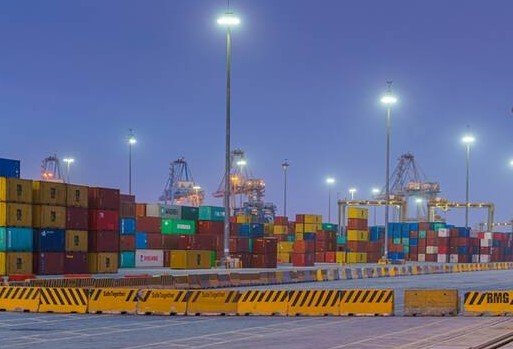Petroleum products and clothing shipments drive 4.6% year-on-year growth as Cairo wrestles with currency strains and trade pressures
There’s a bit of good news out of Cairo’s trade offices this month—and these days, even a small win counts. Egypt’s exports climbed 4.6% year-on-year in May, hitting $4.25 billion, as energy and textile shipments delivered a much-needed boost to a fragile economy battling inflation, import restrictions, and currency volatility.
Petroleum products and ready-made garments did the heavy lifting, rising sharply compared to May 2024. The new figures, published by the Central Agency for Public Mobilisation and Statistics (CAPMAS), offer a glimpse of hope for Egyptian policymakers looking to prop up foreign reserves and rein in the country’s bloated trade gap.
Energy, Textiles, and Pasta Lead the Way
Let’s cut to the chase—three sectors carried Egypt’s export gains last May, and they weren’t shy about it.
Petroleum product exports jumped 53.5% year-on-year. Not far behind, ready-made garments rose 32.8%, showing global demand still has room for Egyptian cotton blends.
CAPMAS noted other notable performers:
-
Pasta and food preparations: up 21.7%
-
Raw plastics: up 5.7%
It’s not a miracle. But in a landscape where foreign investors are skittish and the Egyptian pound has taken hit after hit, even incremental growth can feel like a breath of fresh air.

But Fertilisers and Fruit Took a Hit
Not everything was green on the export dashboard.
While oil and clothes pulled their weight, several key categories lost ground—some of them quite dramatically.
Fertiliser exports were down 48%, a sobering drop for a sector that had posted strong numbers in 2023. Fresh fruits slipped too, falling by 4%, while onion shipments dipped 3.2%.
Then there’s non-crude petroleum oils, which saw a 48.3% decline.
Why the plunge? Some experts say shifting global demand patterns are a factor. Others point to logistical slowdowns and bottlenecks at local ports. Either way, it’s clear that export resilience isn’t spreading evenly across sectors.
Trade Deficit Shrinks—But Not by Magic
There’s a silver lining in the May numbers that’s getting quiet applause from economists: the trade deficit shrank.
Egypt’s deficit dropped to $3.41 billion, down from $4.15 billion in May 2024. That’s roughly a 17.8% narrowing—a welcome figure at a time when the government is trying to fix the imbalance between what Egypt sells and what it buys.
Here’s what the new trade balance looks like:
| Indicator | May 2024 | May 2025 | Change |
|---|---|---|---|
| Total Exports | $4.06B | $4.25B | +4.6% |
| Total Imports | $8.21B | $7.66B | -6.7% |
| Trade Deficit | $4.15B | $3.41B | -17.8% |
That shrinking gap is partly the result of lower import volumes across several key sectors.
Cairo’s Silent Import Crackdown
Egypt didn’t just export more. It imported less, and deliberately so.
To conserve foreign reserves and support the battered pound, the government has quietly pulled back on a host of non-essential imports. This approach, while helpful in the short term, has stirred tension with domestic businesses relying on foreign parts and materials.
Here’s what Egypt bought less of in May:
-
Petroleum products: down 34%
-
Iron/steel raw materials: down 20.3%
-
Primary plastics: down 15.9%
-
Iron/steel chemicals: down 18.9%
This pattern fits with a broader policy strategy Egypt has used before: import substitution by necessity, not by design. It’s a strategy that helps the numbers—but can also choke production lines at home.
Currency Squeeze Still in Play
The shadow hanging over all of this remains the currency issue.
The Egyptian pound has lost over 50% of its value against the dollar in the past three years. Inflation remains stubbornly high, and the country is still heavily reliant on IMF loans and financial support from Gulf allies.
For exporters, the weak currency is a double-edged sword. It makes Egyptian goods more affordable abroad—but it also raises costs for imported inputs, hurting manufacturers’ margins.
Some local business owners say they’re being “squeezed from both ends.” One garment exporter in Mahalla said, “We’re getting more orders from Europe, yes—but we’re also paying more for imported threads, zippers, even packaging.”
What This Means for Egypt’s Bigger Trade Puzzle
May’s numbers are a cautious win—but not a turning point just yet.
Egypt’s export growth is concentrated in a few sectors. Imports are falling, yes, but part of that drop comes from government-enforced constraints rather than organic demand shifts.
Still, for a country trying to stabilize itself on a shaky global economic stage, the data does give policymakers a little breathing room. And in Cairo these days, even a breath counts.
